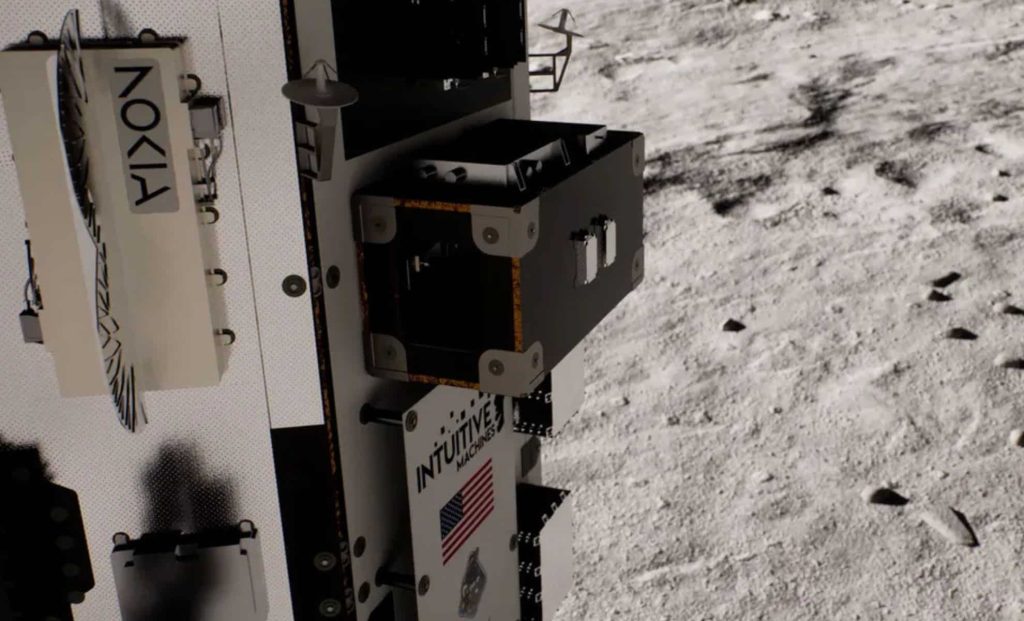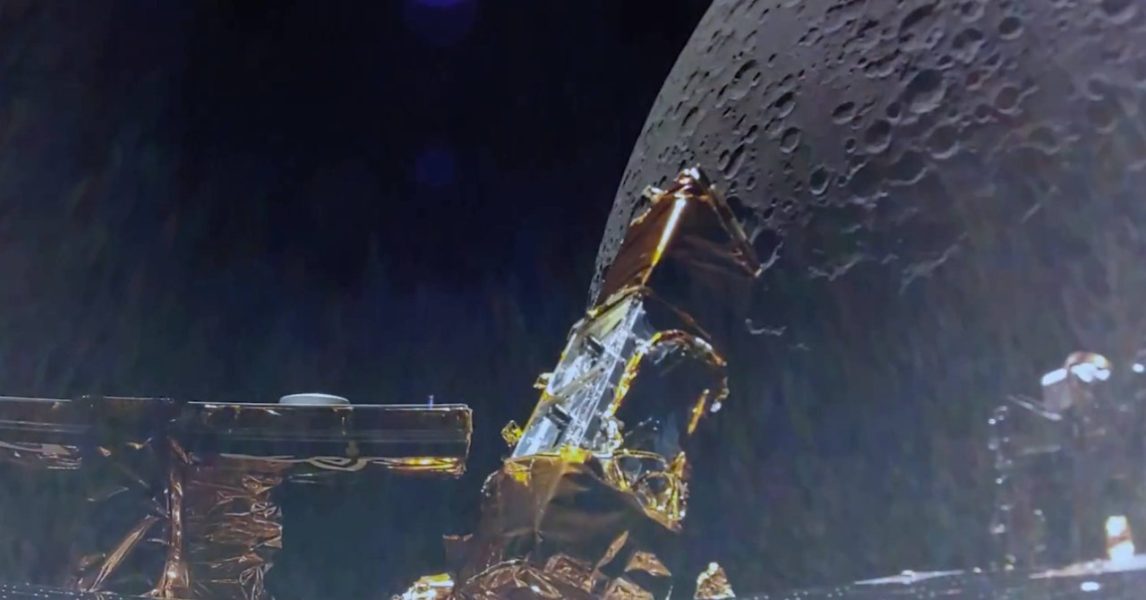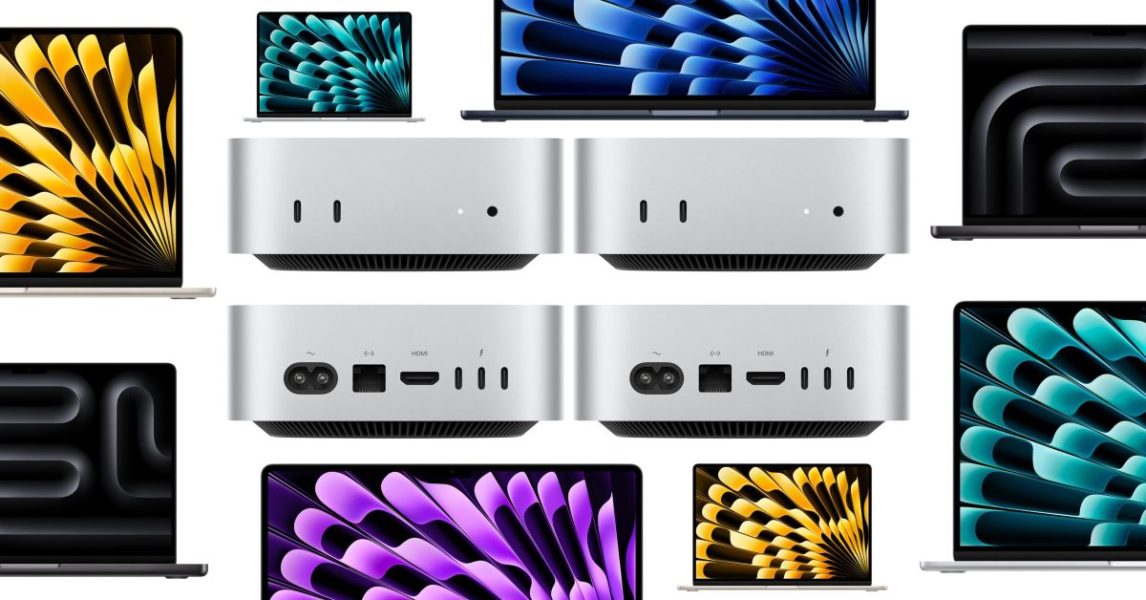The Moon Is Getting 4G! How This Breakthrough Will Transform Space Exploration Forever – The Daily Galaxy –Great Discoveries Channel

For the first time ever, the Moon is about to get a 4G cellular network, revolutionizing how lunar missions communicate. Developed by Nokia Bell Labs in collaboration with NASA, this next-generation communication system will provide fast, reliable connectivity for robotic and future human missions. Set to launch aboard Intuitive Machines’ Athena lander, the network will support rovers and landers exploring the Moon’s surface, paving the way for sustained exploration and future Mars missions.For the first time in history, the Moon is about to get a 4G cellular network, marking a revolutionary step in space communication. This groundbreaking system, developed by Nokia Bell Labs in collaboration with NASA, will soon be deployed on the lunar surface, setting the stage for a new era of Moon missions. Unlike the traditional radio-based communications used in previous lunar explorations, this 4G network will provide high-speed, reliable connectivity, enabling rovers, landers, and eventually astronauts to communicate more efficiently than ever before.The network, set to launch in the coming weeks aboard Intuitive Machines’ Athena lander, will be a critical step toward long-term lunar exploration. It will facilitate faster data transmission, enabling real-time image and video sharing, scientific data collection, and remote rover operations. As NASA’s Artemis program prepares for the first crewed Moon missions in over 50 years, this technological leap will be essential for building a sustainable human presence beyond Earth.According to IFLScience, the 4G network will be deployed as part of Intuitive Machines’ second lunar mission, with the Athena lander touching down near Shackleton Crater—a region of perpetual sunlight that is believed to contain water ice deposits. This area has been identified as a prime location for future human exploration and resource extraction, making strong, reliable communication essential for mission success.The Lunar Surface Communication System (LSCS), developed by Nokia Bell Labs, will function as a self-contained, high-efficiency communication network. It will connect multiple lunar vehicles, including:This network will allow these robotic explorers to communicate with each other and send real-time data back to Earth, improving navigation, coordination, and data collection for future Moon missions.Deploying 4G technology on the Moon is no simple task. The lunar surface presents a harsh and unforgiving environment, with temperatures fluctuating between 250°F (121°C) in daylight and -208°F (-133°C) at night. In the permanently shadowed craters, conditions become even more extreme, with temperatures dropping to -410°F (-246°C).Beyond temperature extremes, the lunar surface is covered in sharp, jagged dust particles that can cause severe damage to equipment. Engineers had to design the LSCS to withstand extreme mechanical stress, ensuring that it remains operational through launch, landing, and long-term lunar exposure.Despite these obstacles, the LSCS has been built to be highly energy-efficient and durable, ensuring seamless communication for extended lunar missions.This first-of-its-kind lunar 4G network is more than just a communication upgrade—it represents a major leap forward for future space missions. The ability to send and receive data in real-time will enhance robotic exploration, scientific research, and eventually human settlement on the Moon.According to Thierry E. Klein, President of Bell Labs Solutions Research at Nokia:“We intend to prove that cellular technologies can provide the reliable, high-capacity, and efficient connectivity needed for future crewed and uncrewed missions to the Moon and eventually Mars.”The impact of this technology will extend beyond the Moon. The developments in lunar communication could lead to advancements in Earth-based 4G and 5G networks, resulting in stronger, more efficient, and more reliable communication systems worldwide.As NASA and private companies push forward with plans for a permanent human presence on the Moon, reliable communication infrastructure will be as critical as fuel and oxygen. The 4G network will lay the foundation for future lunar bases, supporting live astronaut communications, robotic operations, and scientific research.This mission also marks a major step for private space exploration. Intuitive Machines, which recently became the first private company to land on the Moon, aims to build on its success with a more refined landing approach this time around.As we edge closer to sustained lunar exploration and future Mars missions, the success of this lunar 4G network will shape the future of interplanetary communication, proving that staying connected in space is not just a luxury—it’s a necessity.Comment Save my name, email, and website in this browser for the next time I comment.
© 2024 | Daily Galaxy | All rights reserved
Source: https://dailygalaxy.com/2025/02/the-moon-getting-4g-transform-space/






